On 28 October 2022, on the occasion of the 6th International Landscape Day of the Council of Europe, a conference entitled Landscape and Health was held, organized by the Institute for Spatial Development of the Ministry of Physical Planning, Construction and State Assets.
The conference, held in hybrid form, brought together about 190 live participants, with more than 500 participants taking part via an online platform. In addition to architects, urban planners and landscape architects, a large number of experts from other professions in the fields of technical, biotechnical and social sciences and humanities participated in the conference. Participants in the auditorium included colleagues from the Ministry of Environment and Spatial Planning of the Republic of Slovenia, whereas representatives of the Council of Europe Landscape Convention as well as numerous domestic and foreign experts attended the conference in the virtual space.
“The consequences of the earthquakes that hit Croatia in 2020 are just another indicator of the vulnerability of space and of the necessity to invest our efforts in creating more resilient, greener and healthier settlements”, minister Paladina said when opening the conference.
The director of the Institute for Spatial Development, Bojan Linardić, gave an overview of the wider context of the subject. The president of the Croatian Chamber of Architects, Rajka Bunjevac, emphasized that the space we created left an indelible mark in space and called for better cooperation, especially between policy makers, public authorities and the profession: “We architects know how to transform our professional knowledge, through the creative process of shaping space, into eternal landscapes that will stand the test of time.” Gilles Rudaz, president of the Council of Europe Landscape Convention, addressed the audience by video link pointing out that one of the most important features of the Convention was to consider the impact of everyday landscapes on the overall population, with the benefit of the landscape for health being enjoyed by the entire society.
In the THE HEALTHY CITY thematic block, experts from the Faculty of Kinesiology of the University of Zagreb and from the Teaching Institute for Public Health of Primorje-Gorski Kotar County delivered a special contribution, whereas the leading URBACT expert presented the impact of urban environment on physical and mental health of people on the example of a project implemented in one of the URBACT networks. Many negative aspects of life in cities were pointed out, such as high levels of environmental pollution, negative effects of climate change and especially the sedentary lifestyle and lack of movement, which to a large extent negatively affected human health and put Croatia high on the list of obese and inactive citizens who consequently faced high health risks, with a high share of sick citizens. Numerous examples of good practice are presented, and Ina Šuklje-Erjavec from the Urban Planning Institute of the Republic of Slovenia presented a programme prepared in cooperation with the Slovenian Ministry of Health and the publication “Out for Health - A guide for planning green areas to promote physical activities and a healthy lifestyle”, which is a manual for planning and arranging green areas, designed to assist city authorities and planners in planning and managing their space.
In the presentationts held in the GREEN CITY block, cases of good practice were shown on the examples of Zagreb (European ProGIreg project) and Osijek, by which, through simple or more demanding interventions, significant improvements could be achieved. The Osijek EHHUR project is part of one of five pilot projects of the New European Bauhaus, financed with a total of EUR 25 million and selected in the framework of a tender under the Obzor Europe programme, and is aimed at realising projects that encourage the development of green cities. Development of green (blue) infrastructure systems, improvement of urban mobility systems, restriction of motor traffic in urban centres, development of pedestrian and cycling paths, targeted organisation of public areas and especially of green areas, and their improvement by the necessary urban equipment are just some of the possible interventions. By gardening on their own gardens, balconies or building roofs and by a carefully designed concept of urban gardens as a way of temporary or permanent use of a part of public areas in cities, local food production can be ensured, as well as a more active way of spending leisure time, but also the creation of new units that connect sustainable food cultivation and high aesthetic criteria into a unique horticultural whole. Careful and thoughtful enriching of public and green areas suitable for outdoor stay, sport, recreation, games, but also walks or gatherings are an additional incentive for outdoor stay, disease prevention and preservation of health and life extension. Martina Vidaković from the Institute for Spatial Development presented a
brief overview of current MPPCSA activities in the implementation of green policies (Landscape basis of the Republic of Croatia, new generation architectural policies, Programmes for the development of green infrastructure in cities and circular management of buildings and spaces, for the period until 2030, involvement in the work of the NEB platform, etc.).
In the third thematic block, INSPIRED BY NATURE, presentations showed that also a stay in nature, outside settlements was equally important for people. The case of Međimurje presented examples of how bicycle and pedestrian infrastructure, partly in a protected nature area, could be used for daily communication, using it also as a function of local food production and oenological offer, health and eco-tourism. Through the experiences of initiators of recreational activities and of active athletes and recreationists, we have learned what minimum spatial requirements are necessary for the establishment of recreational systems in cities, but also how to encourage people to actively stay in nature and what minimum infrastructure conditions or information support make this stay safe enough and thus more attractive.
Interesting and inspiring presentations, especially by experts who rarely participate in meetings that we organise, have kept the participants' attention until late afternoon hours. After a brief recapitulation of all presentations, director Linardić concluded that this meeting showed one more time that cooperation among experts from various fields was necessary, and that new information and expertise should be used in everyday work. This gathering is a continuation of the work of the Institute for Spatial Development on contributing to professional training and cooperation among professions.
Photos
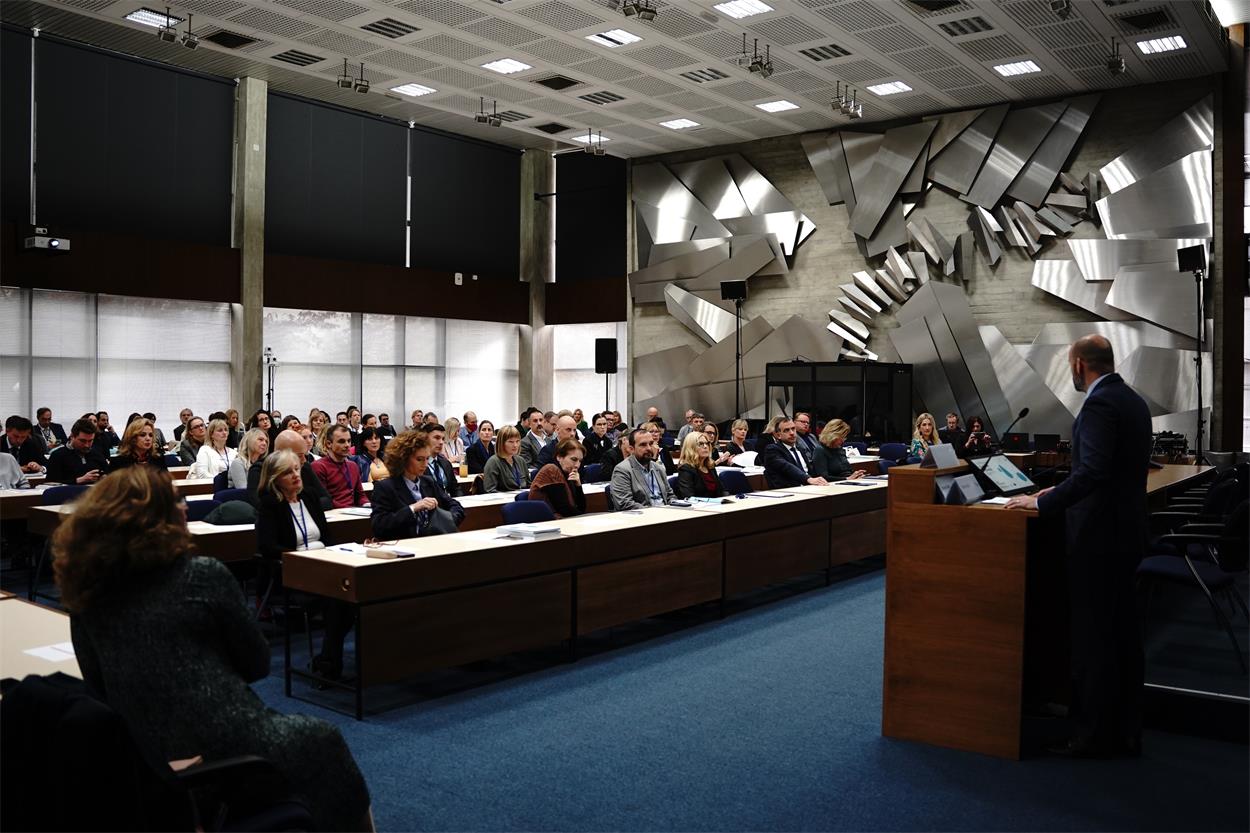
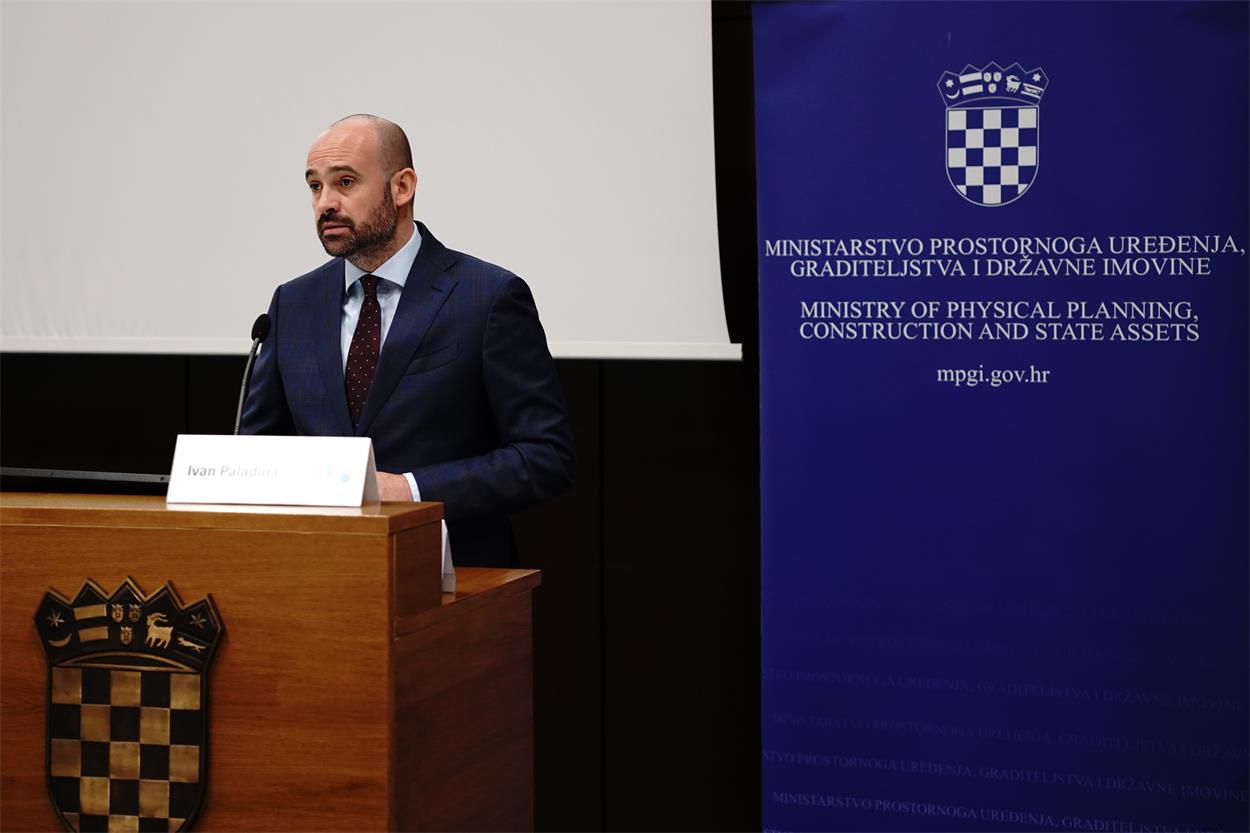
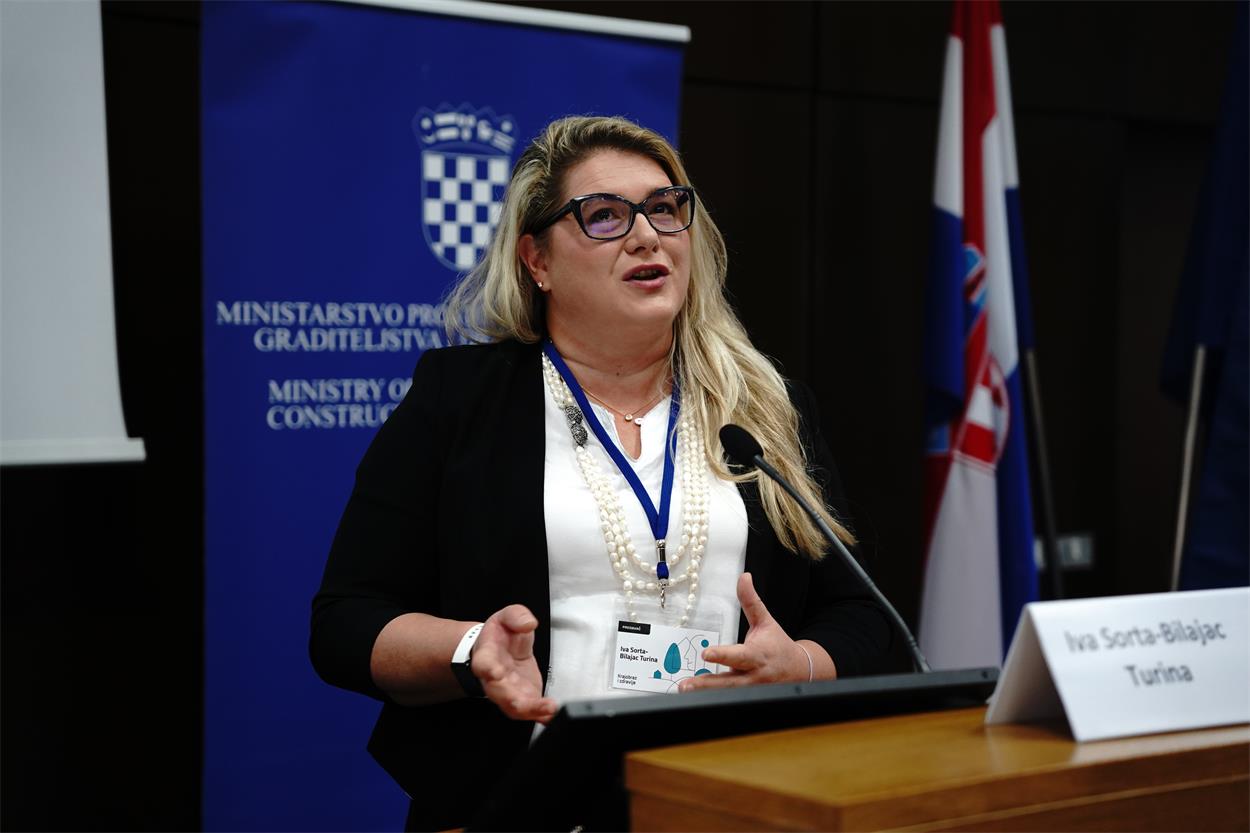
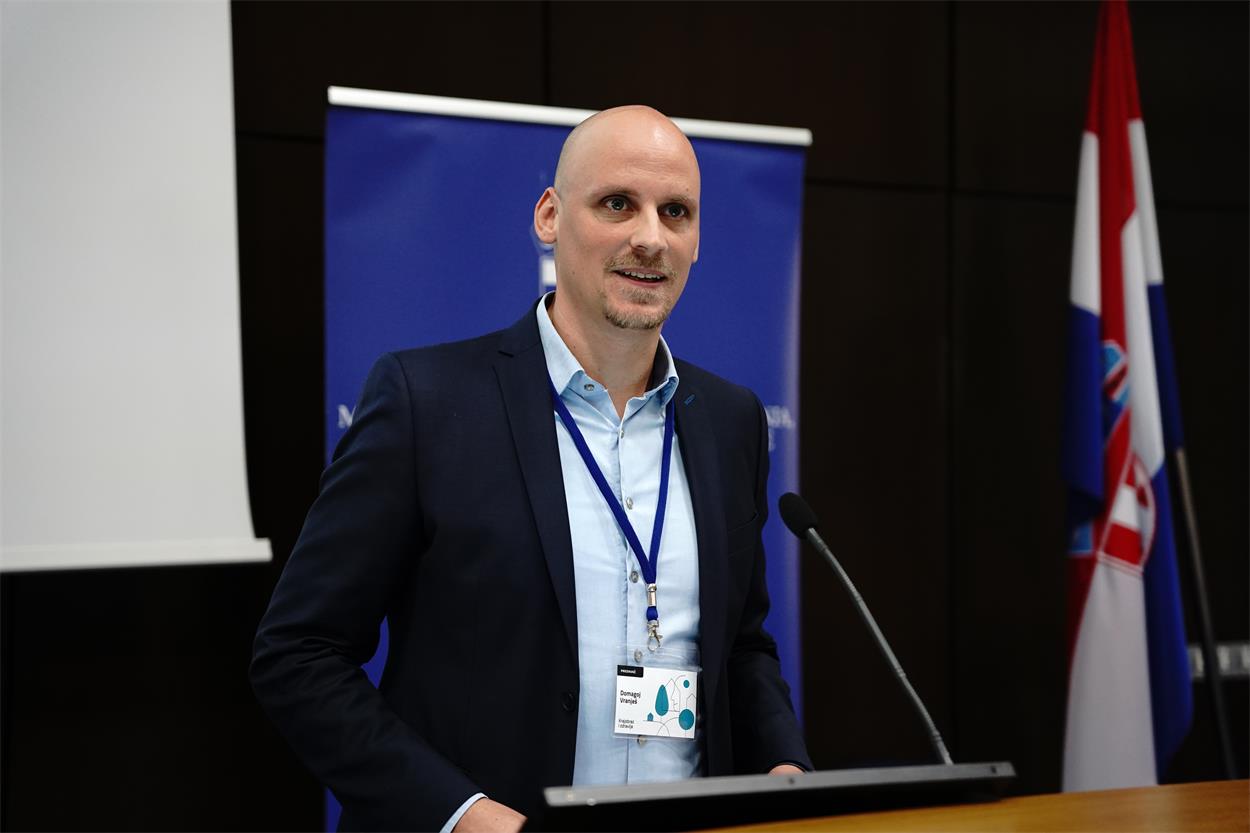
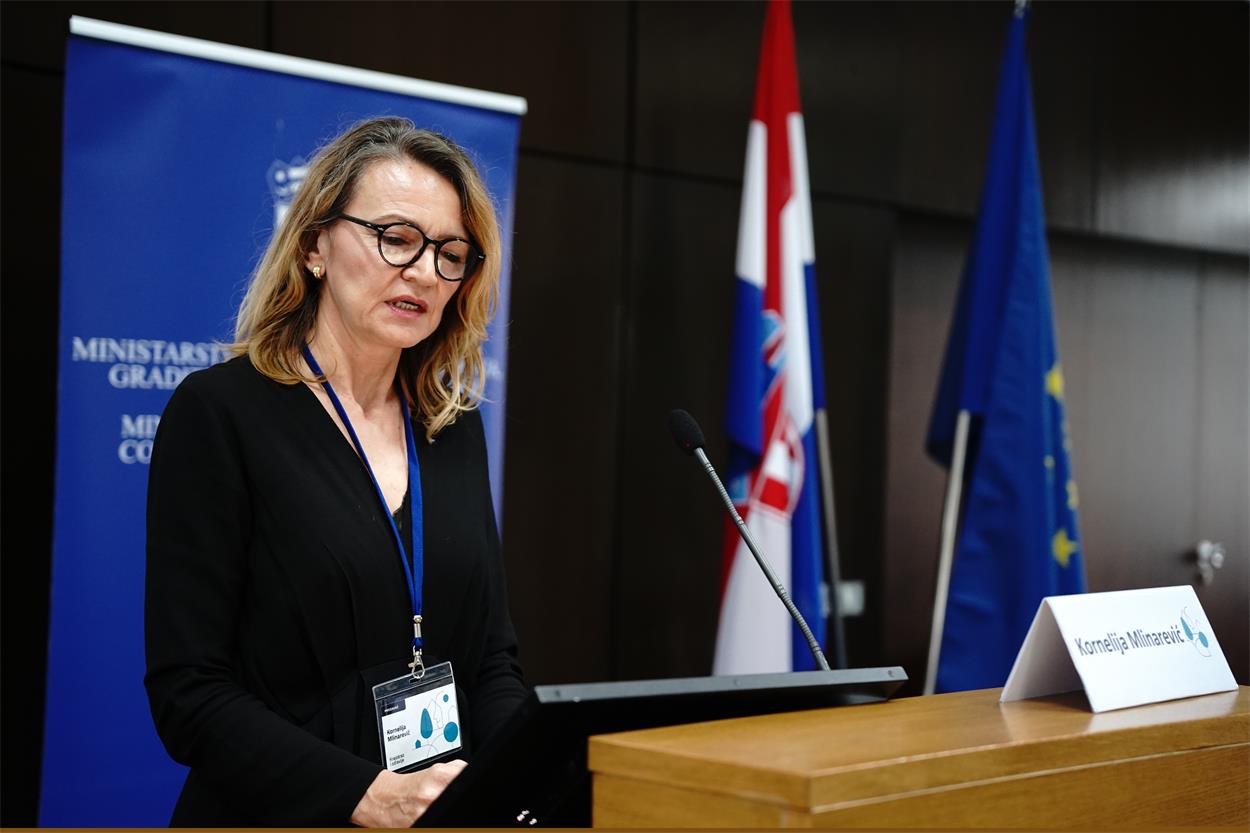
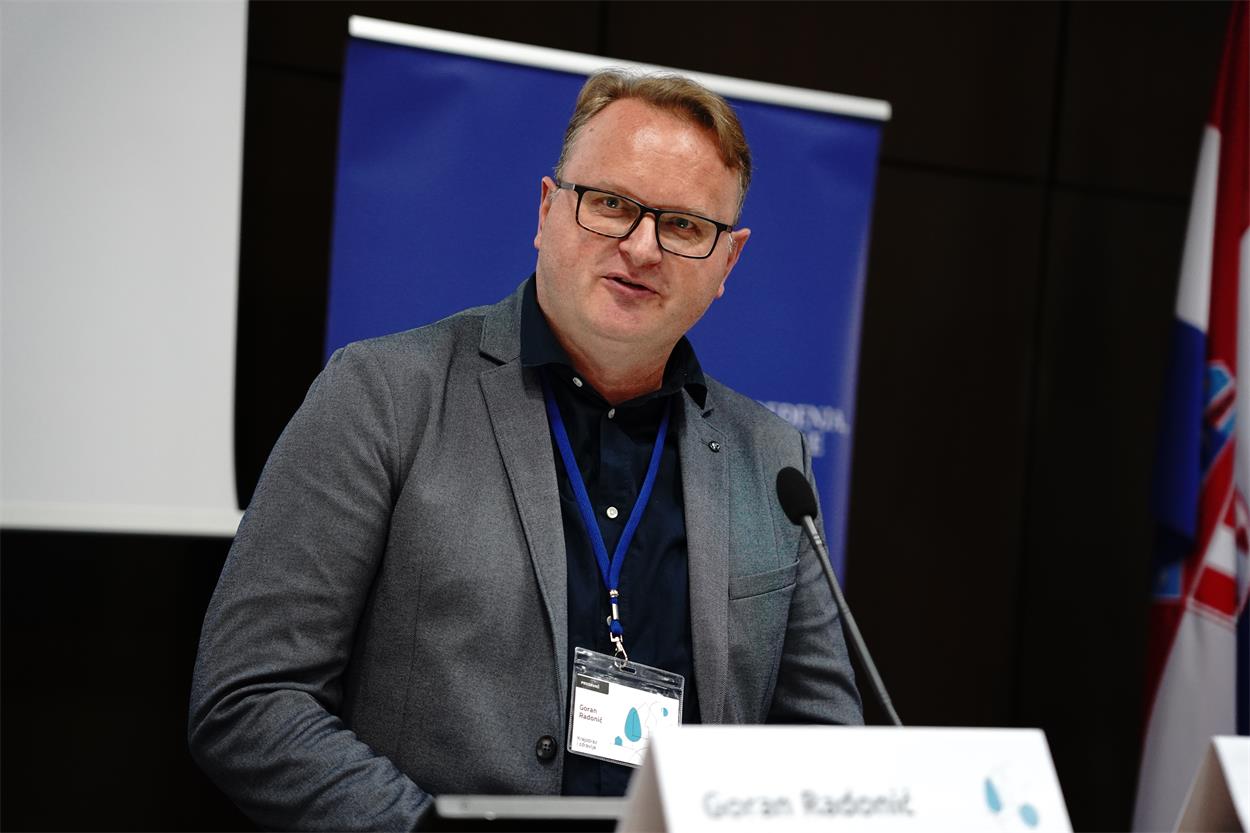
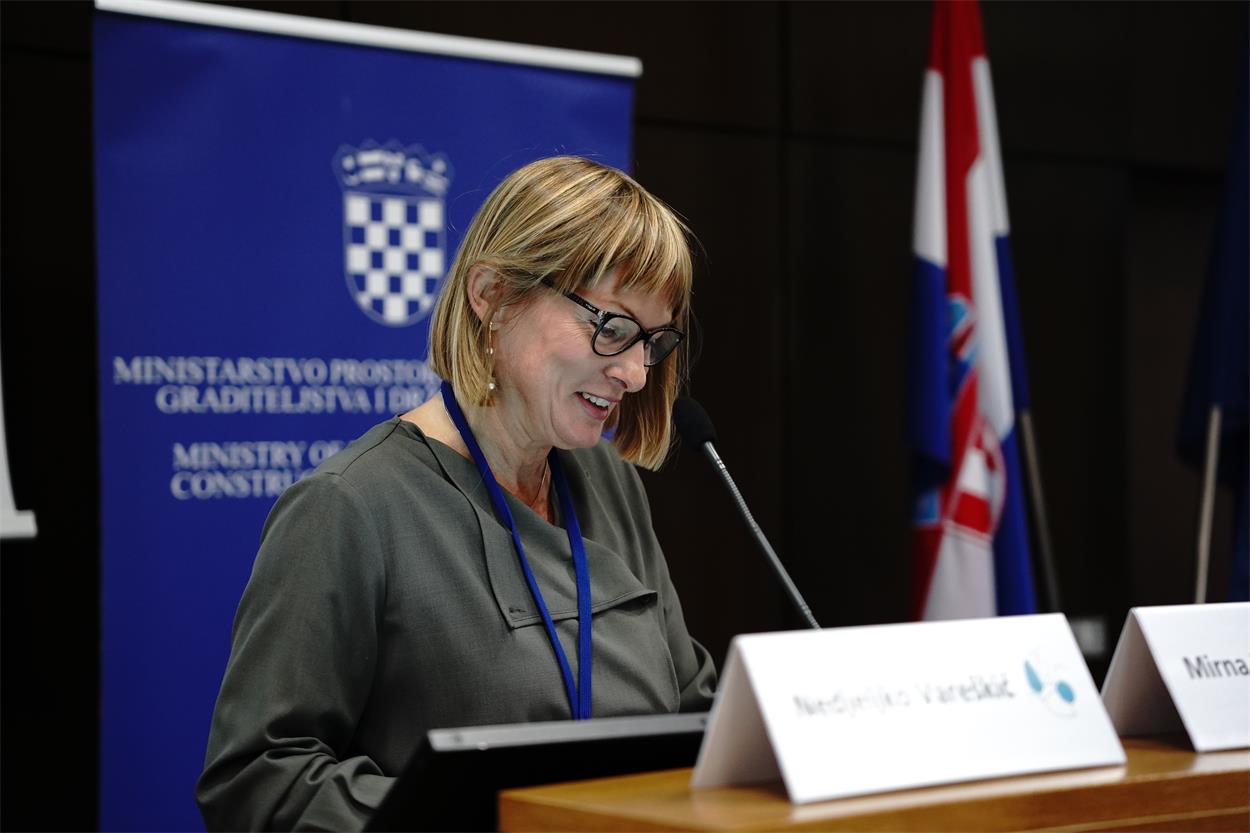
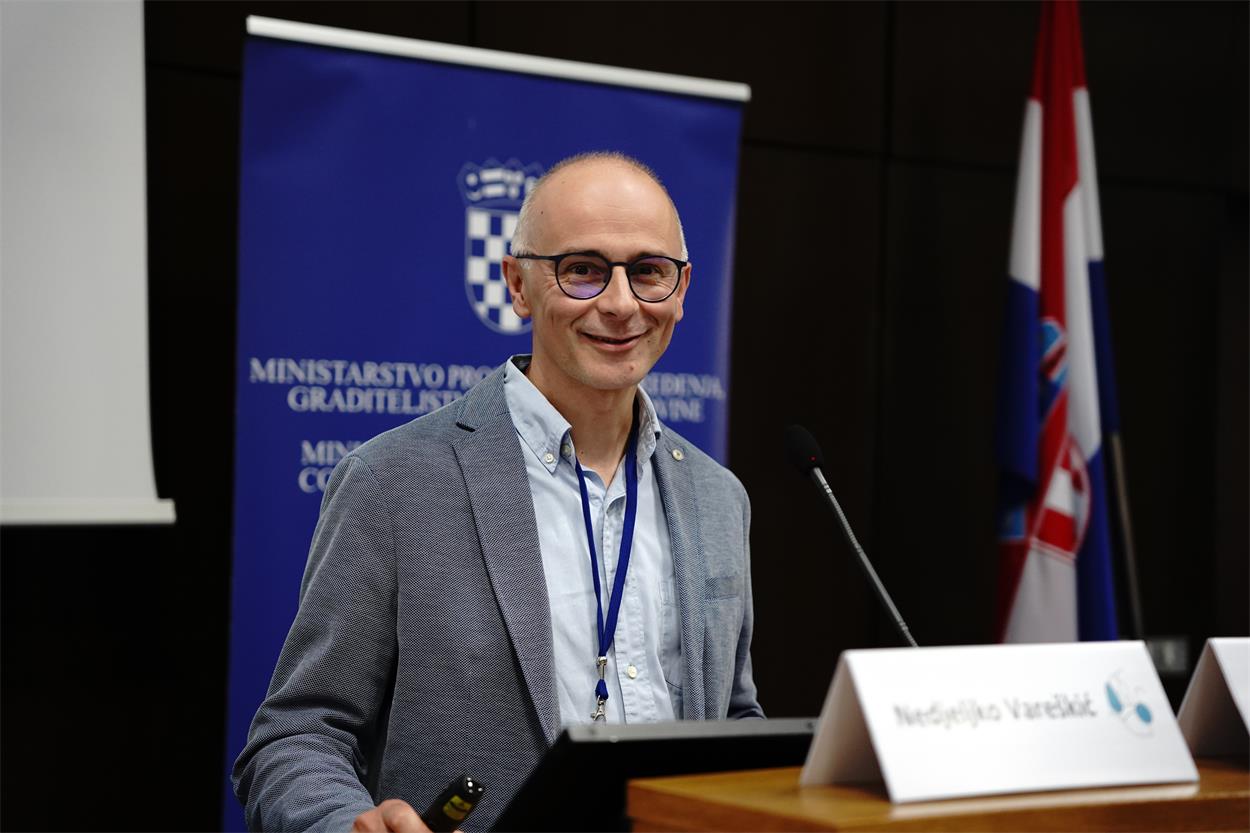
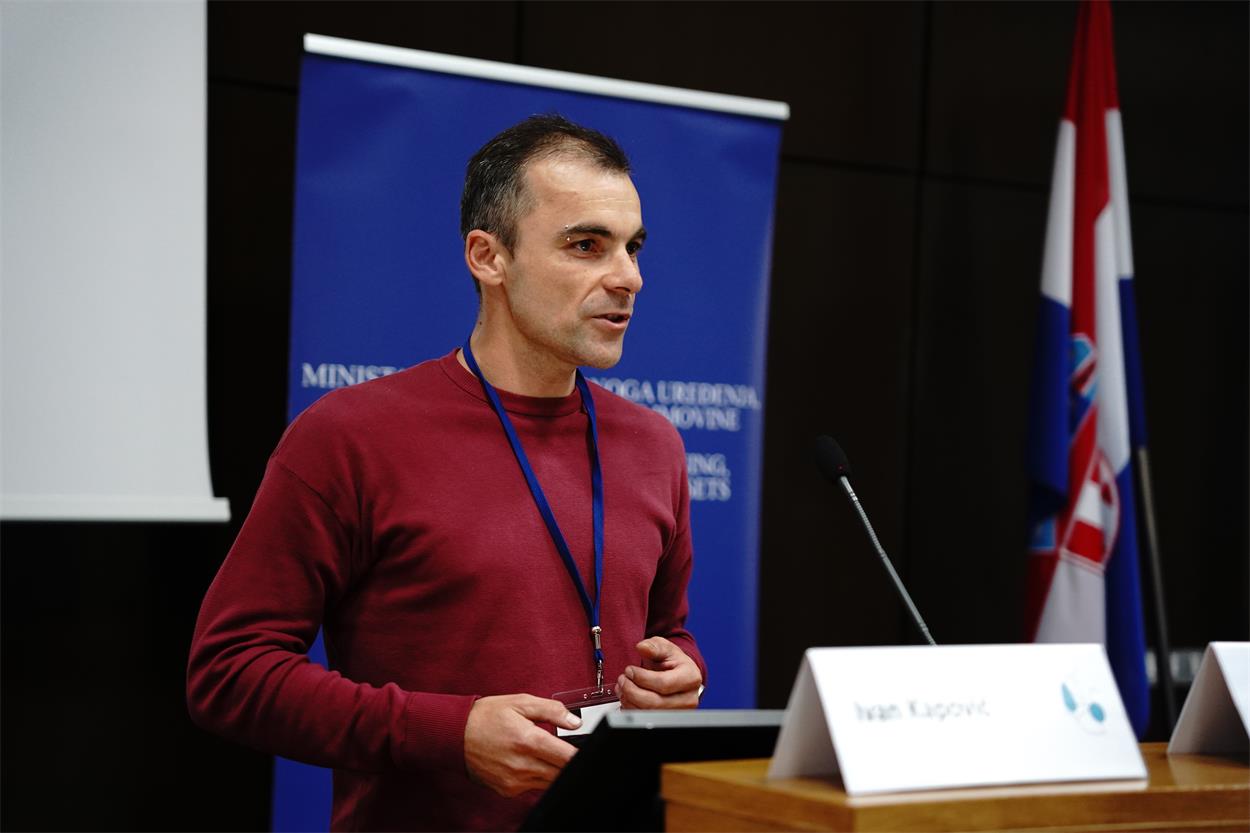

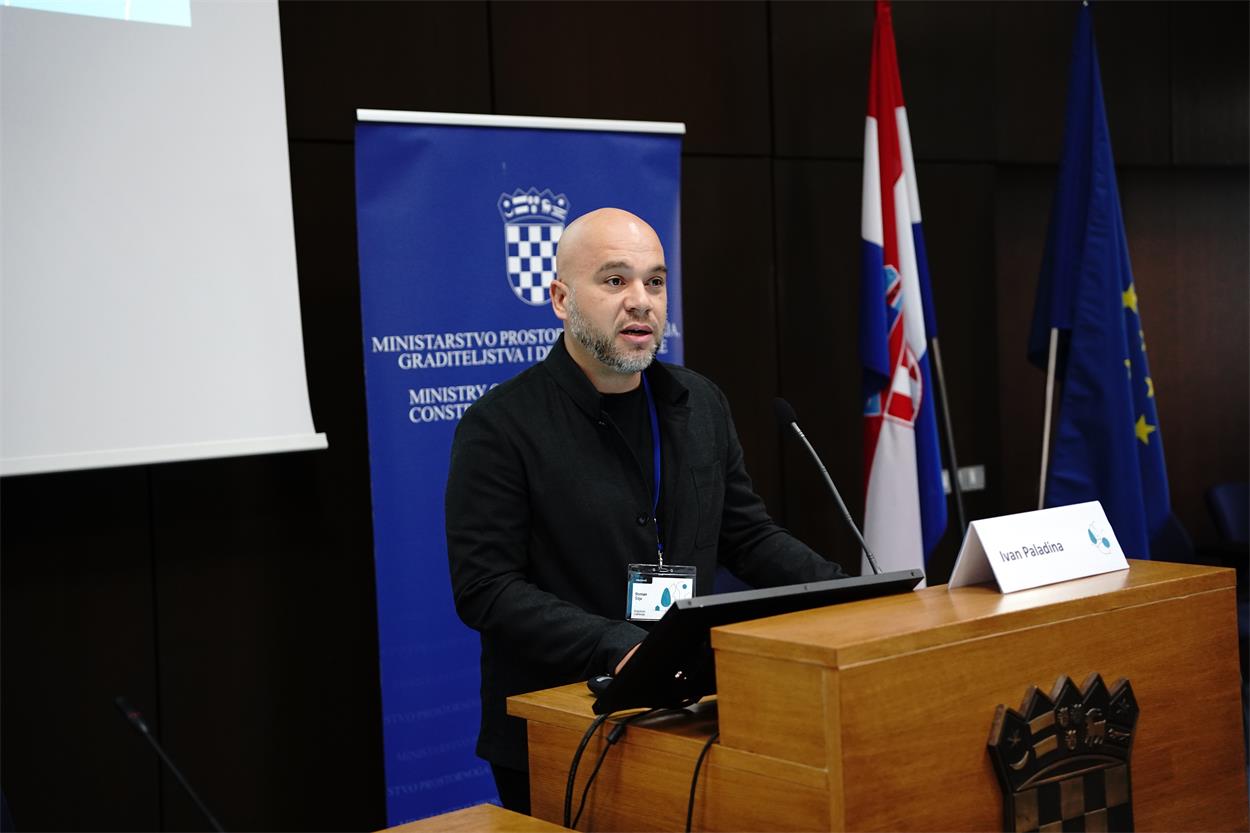
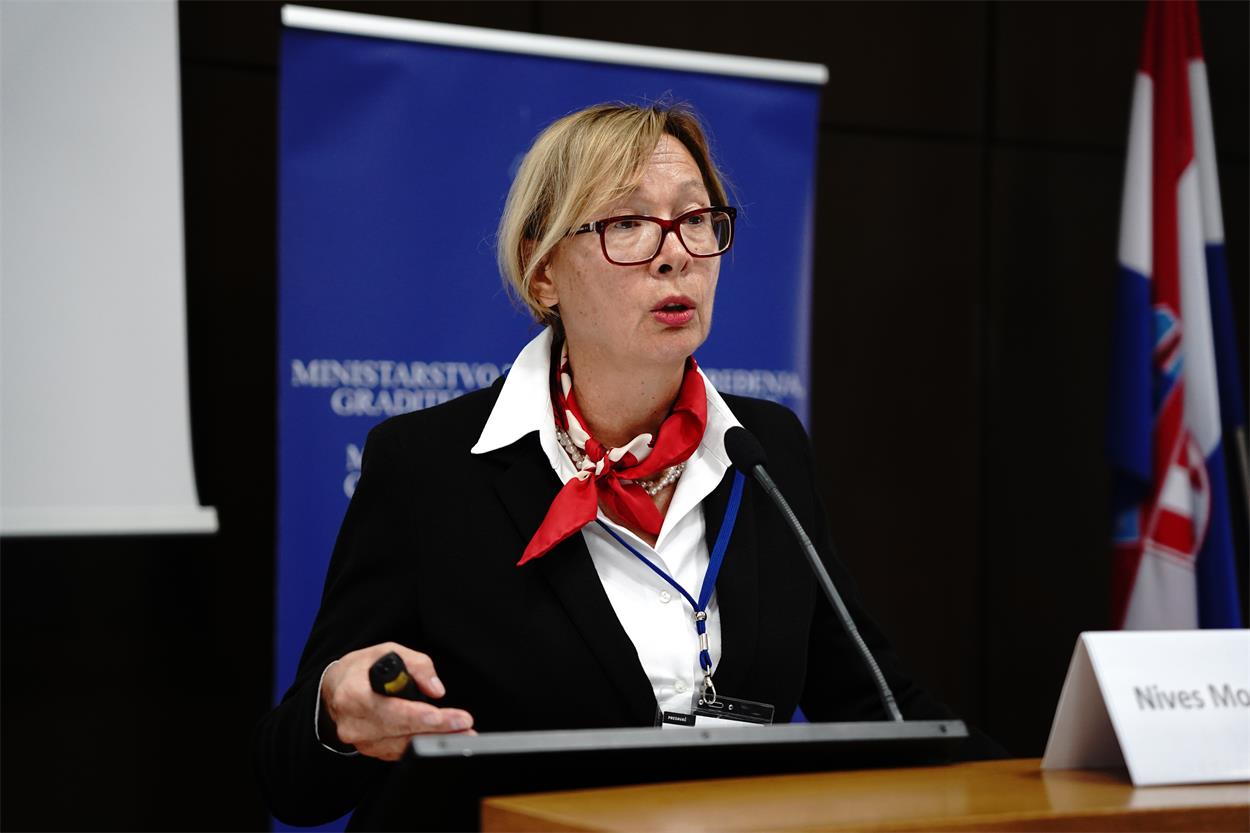
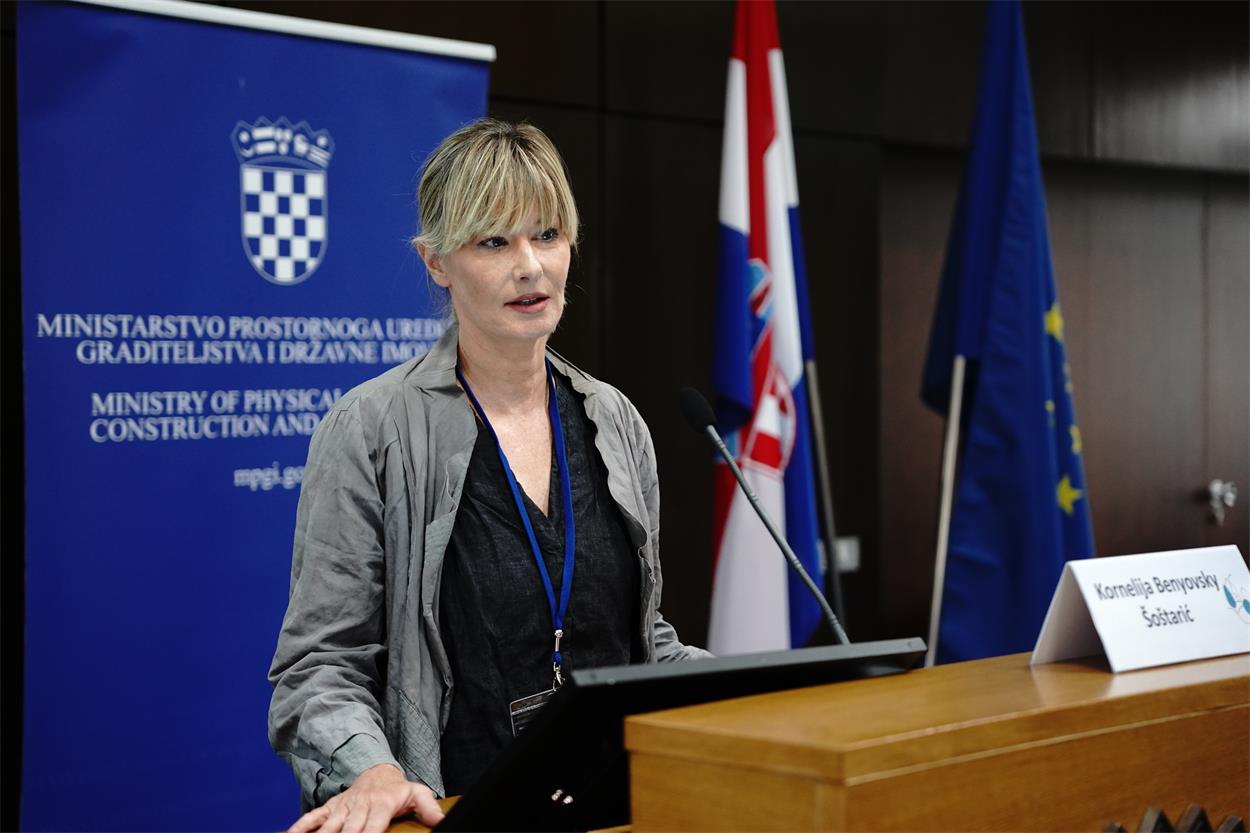
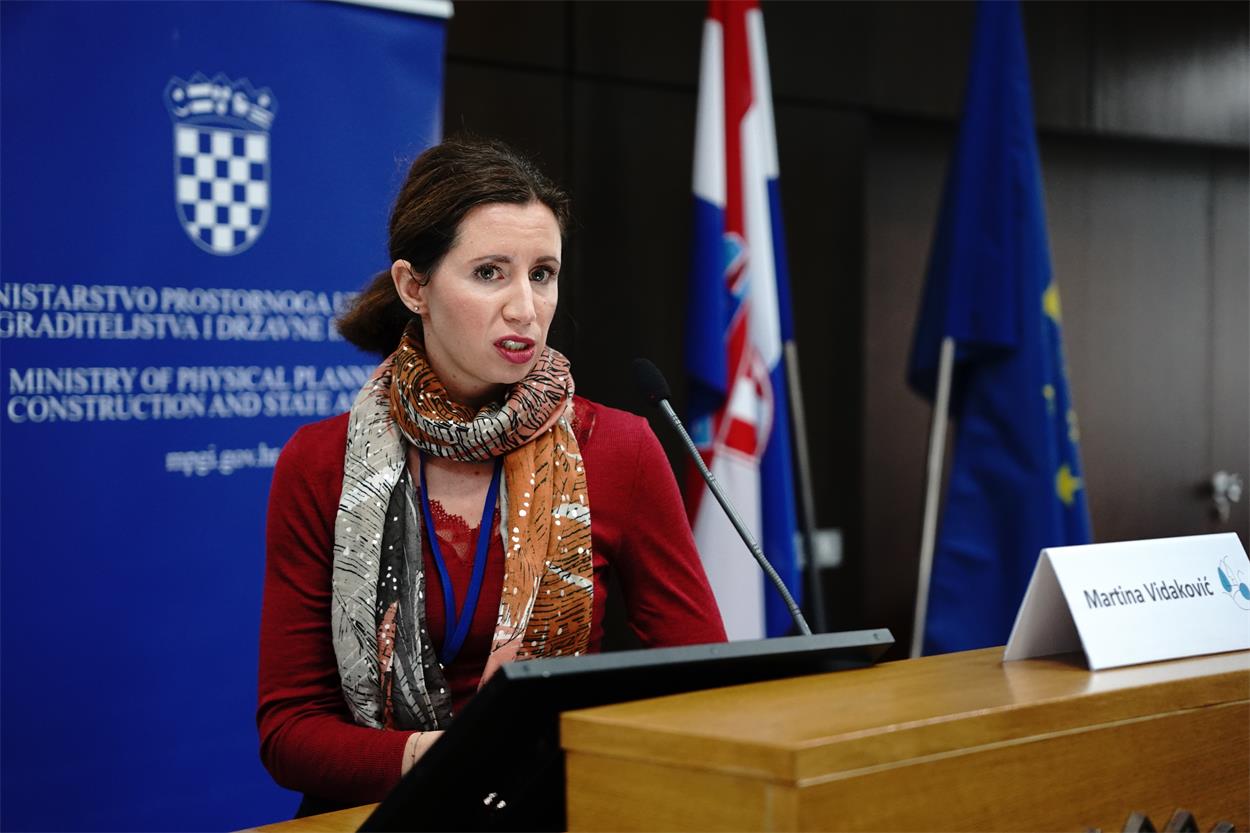
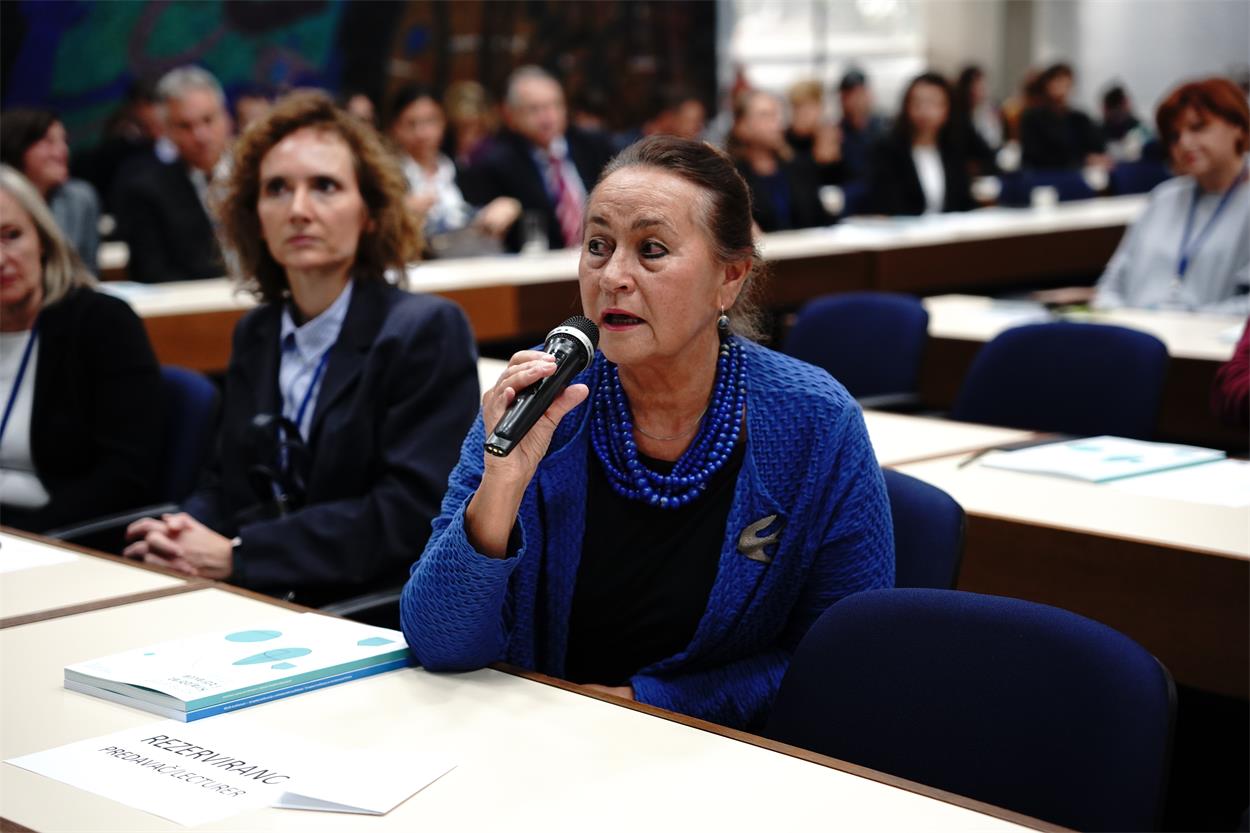
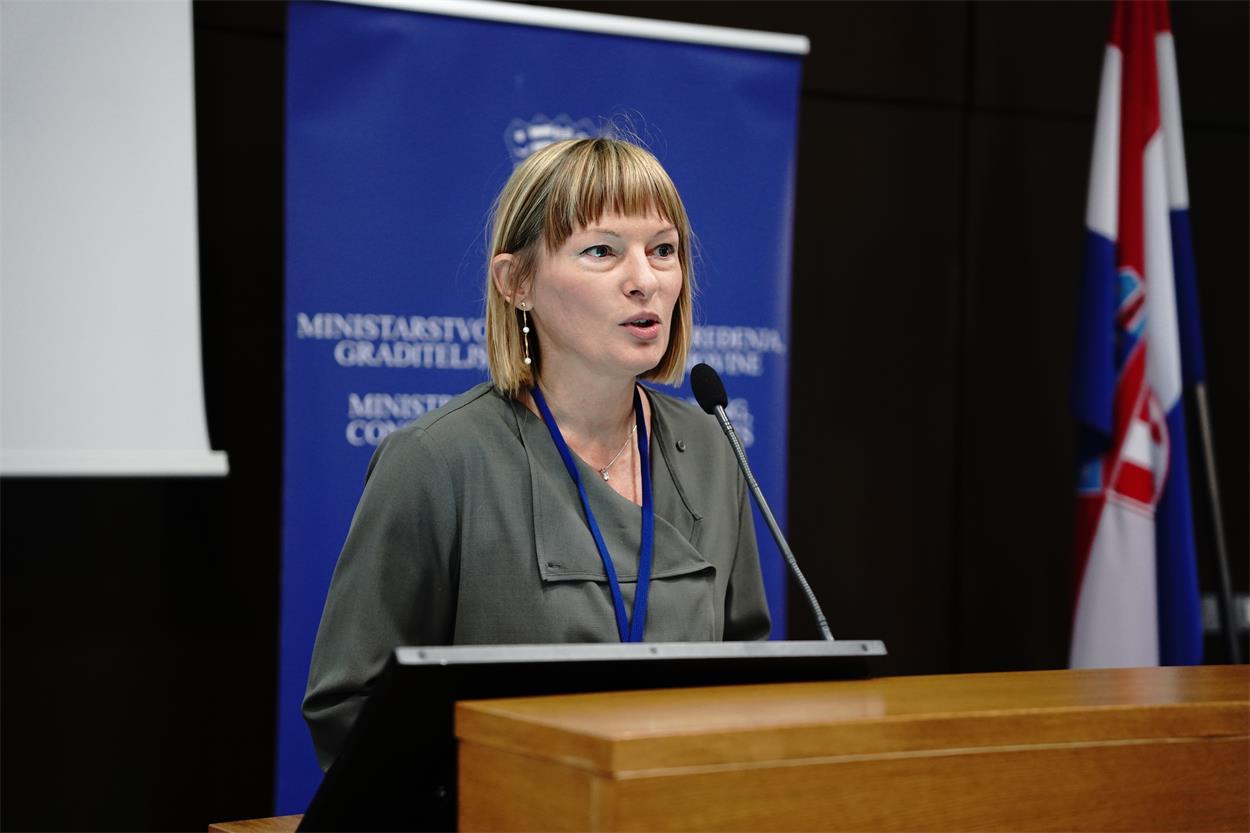

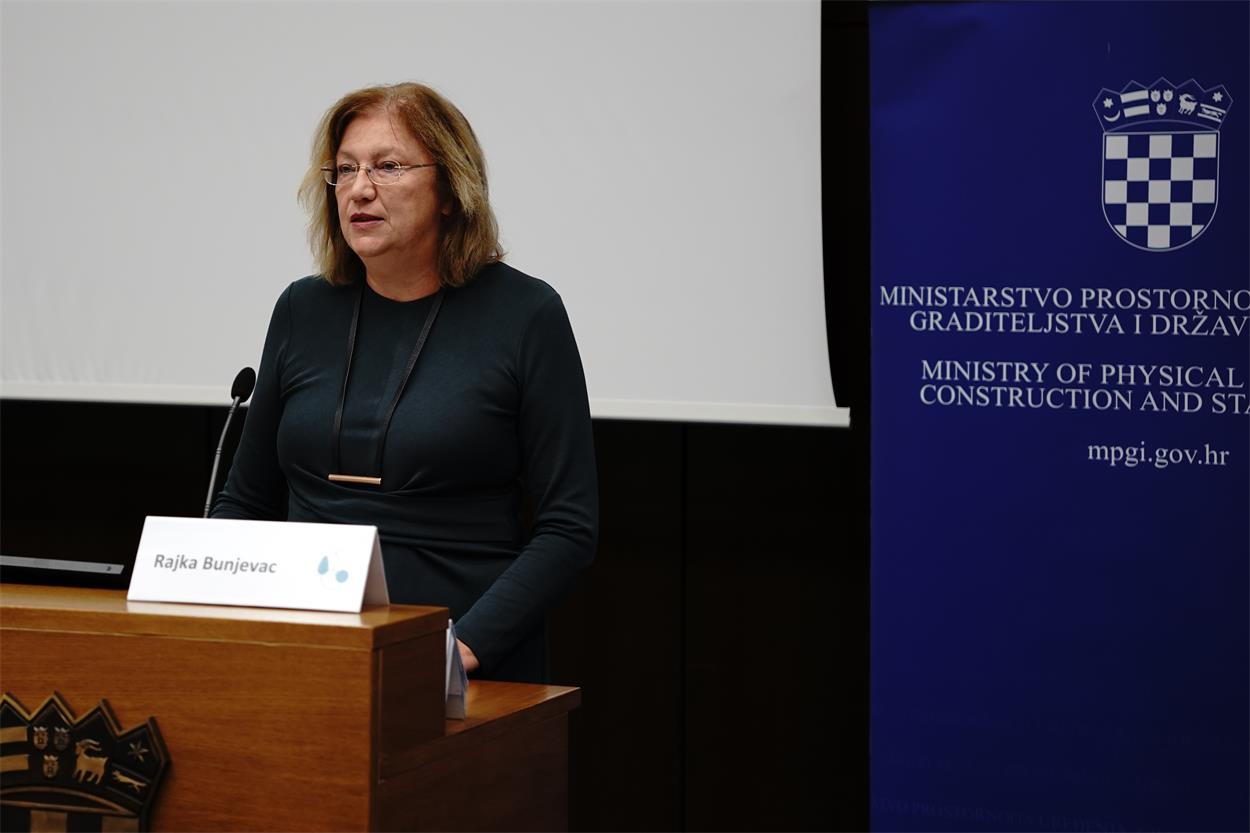

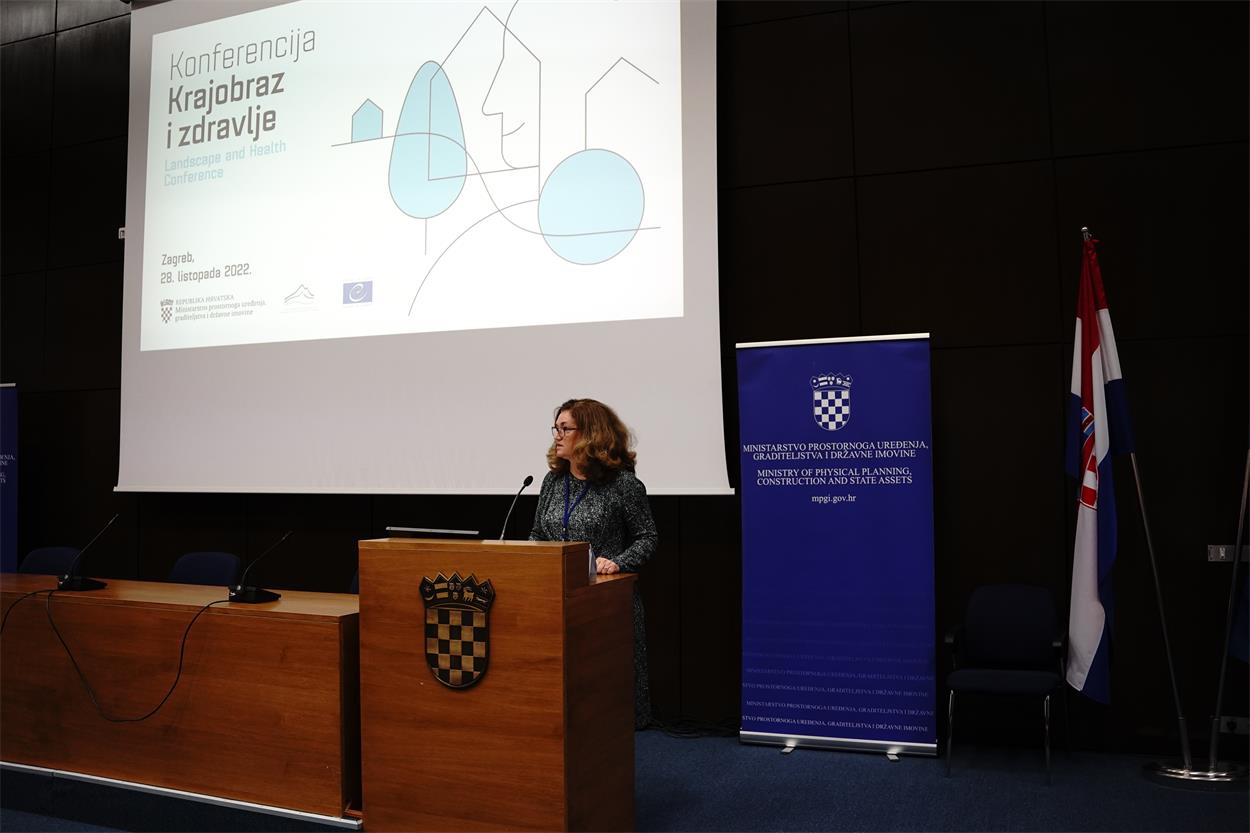
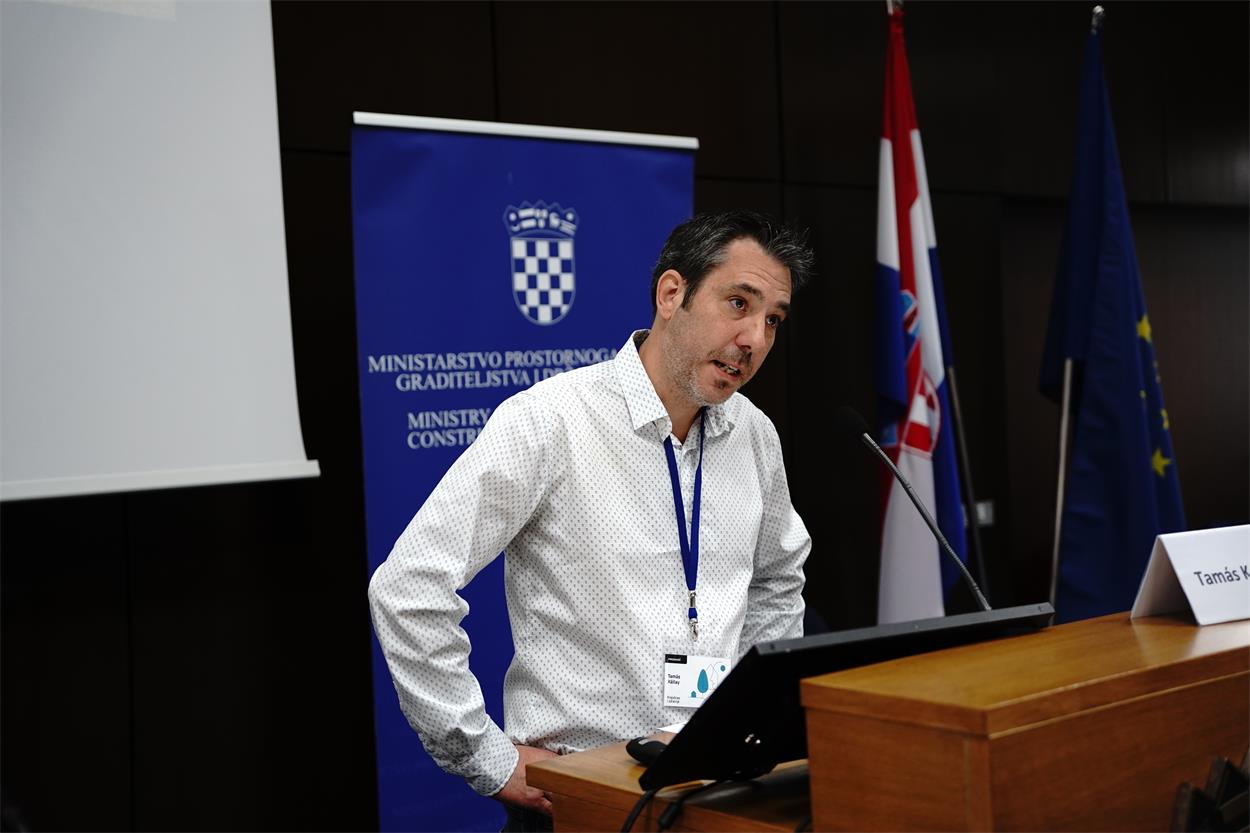
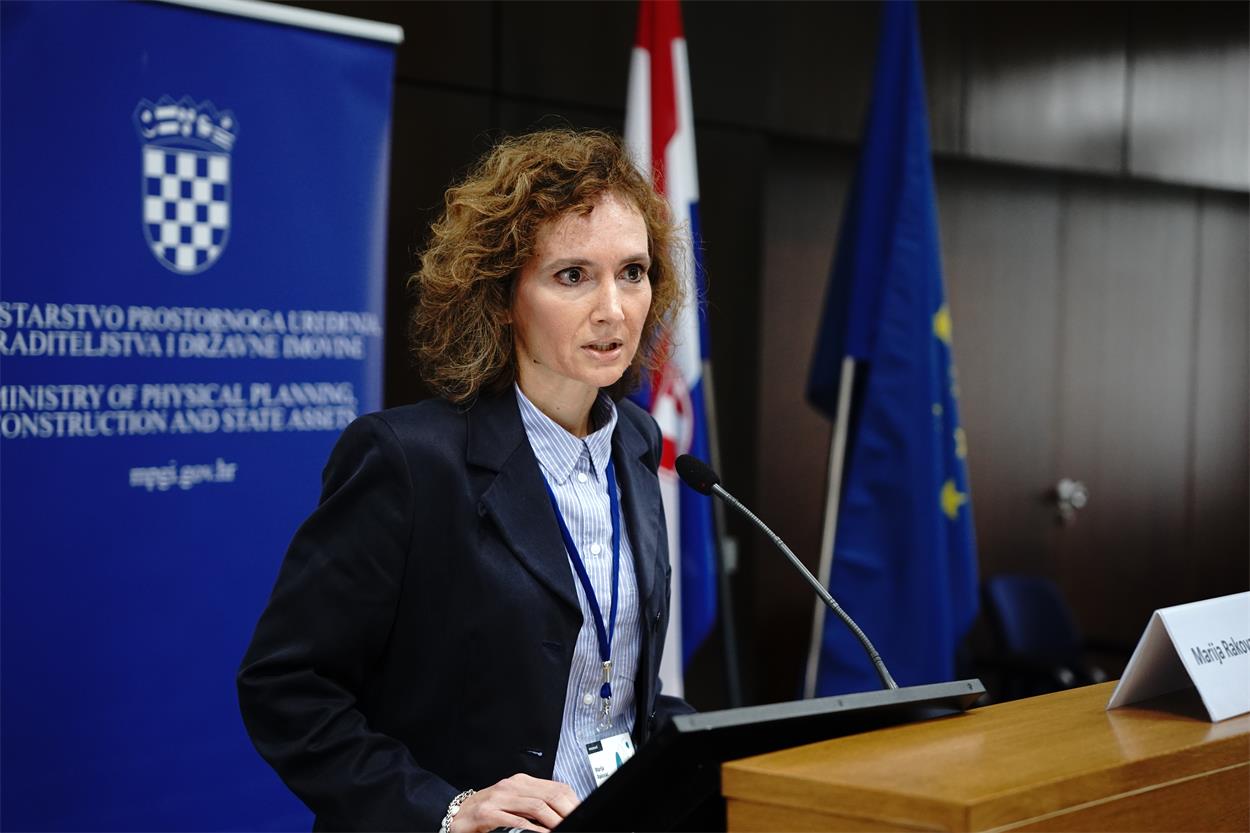

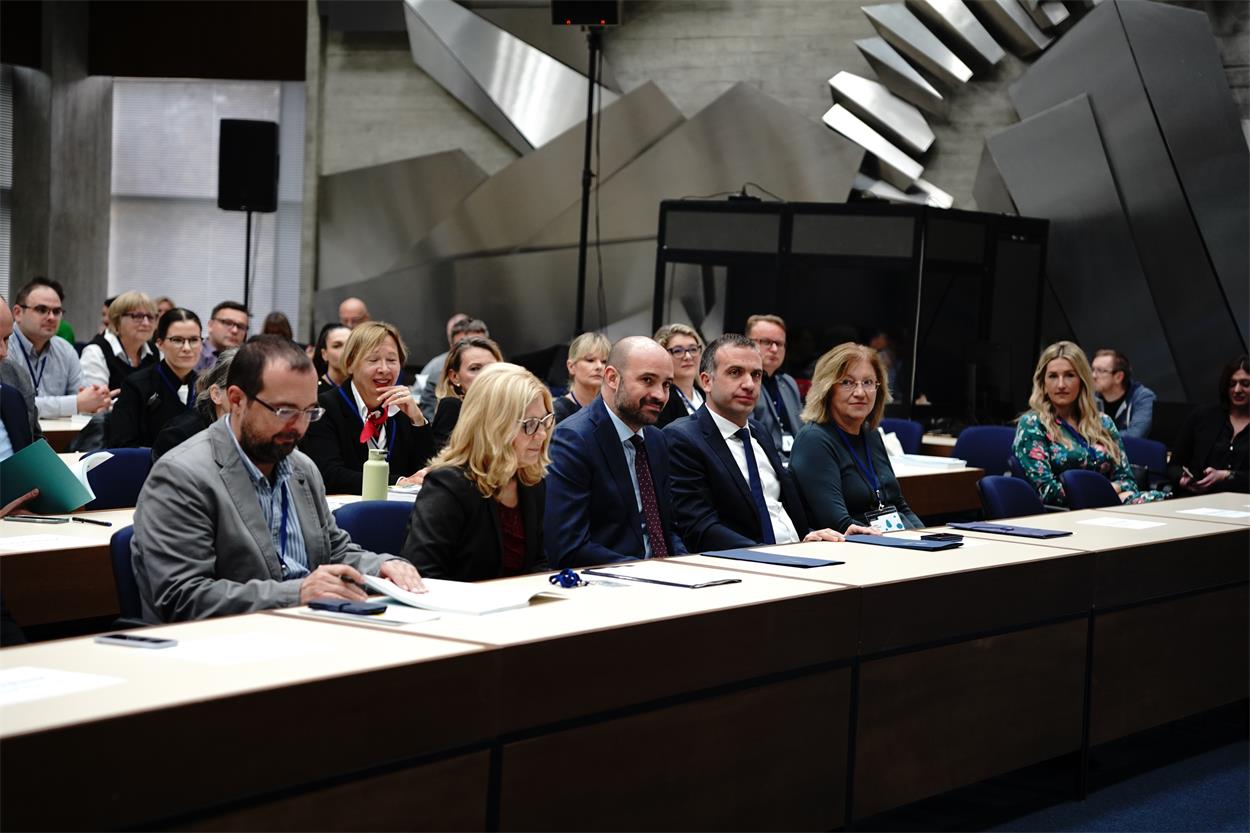

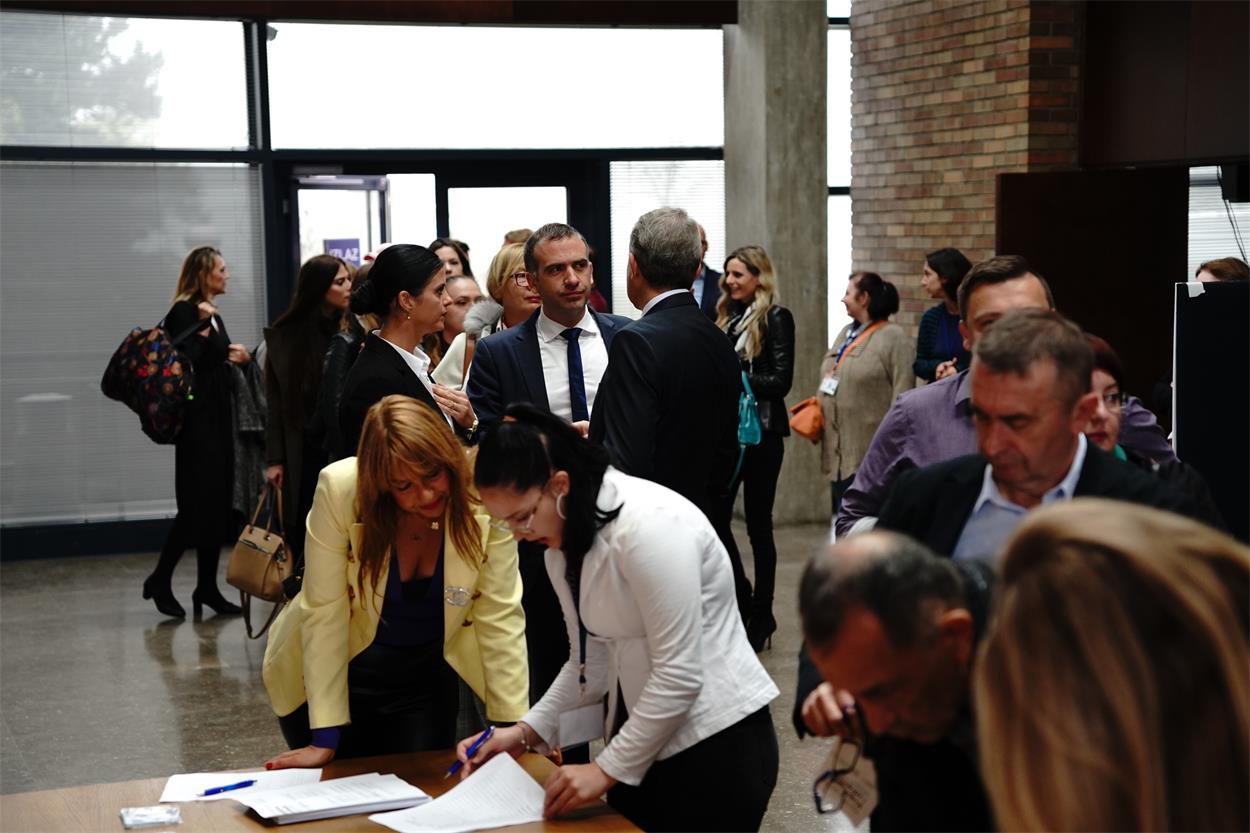
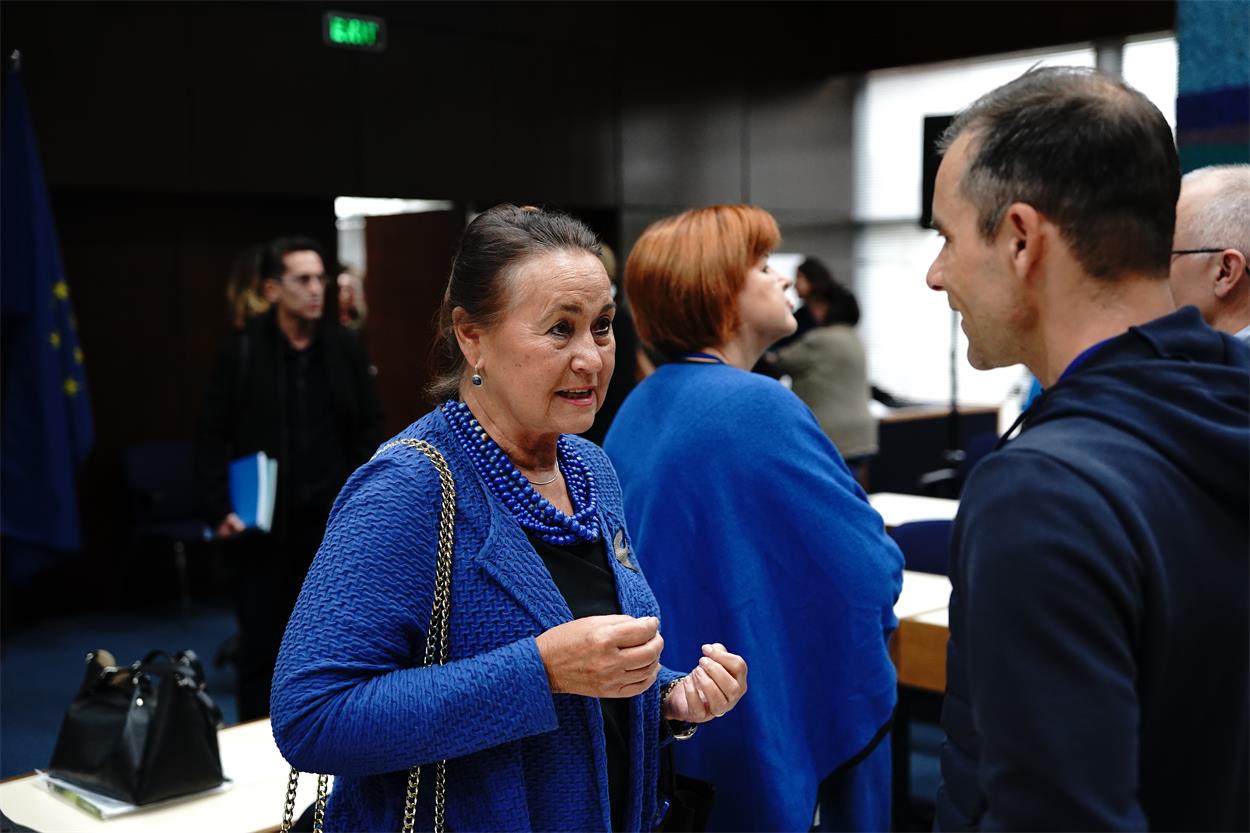
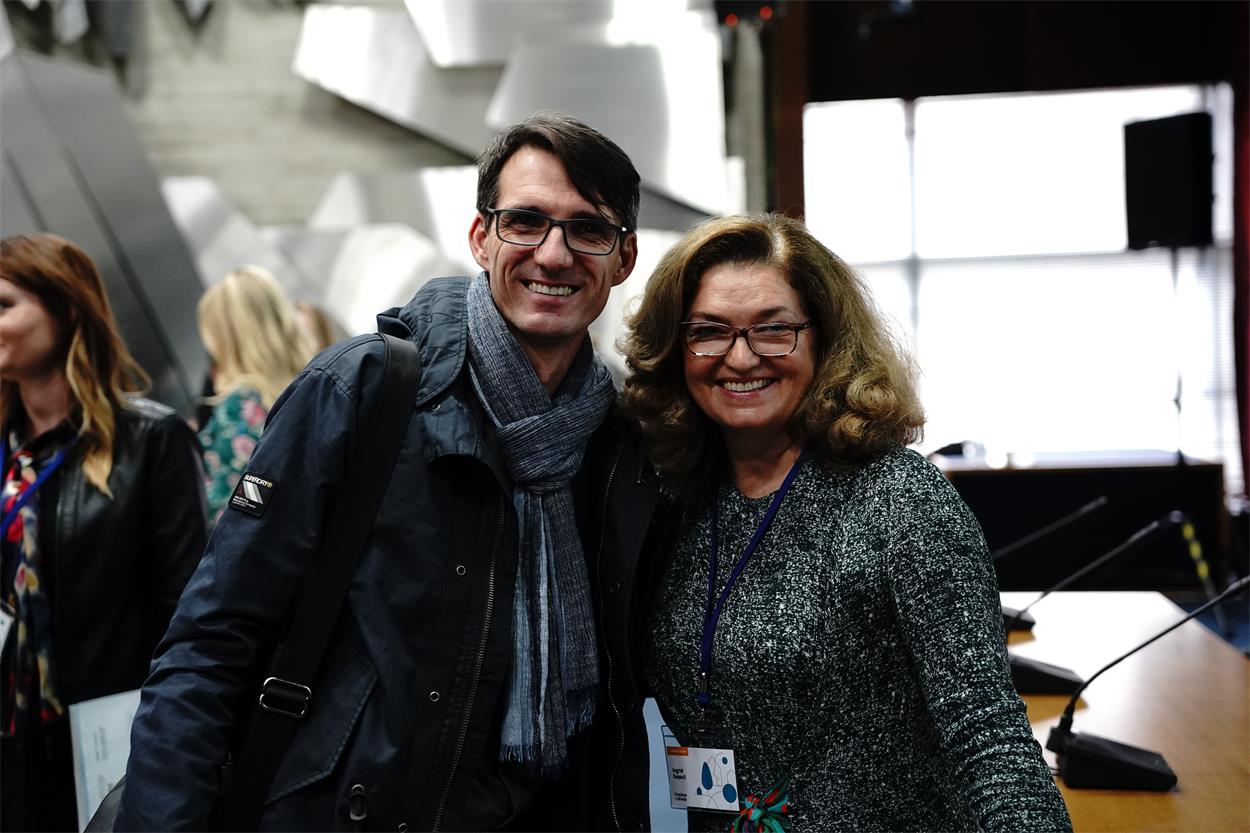
Photos by In Fokus
News |
Information

